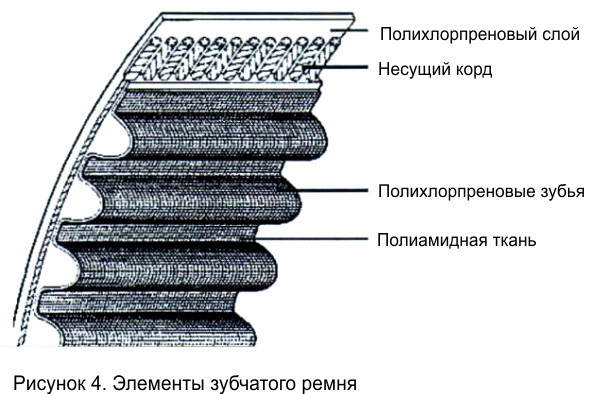
Why Timing Belts Have Teeth and How They Work
Timing belts are used in many mechanical applications, but most often you think of this type of timing belt in connection with your car or truck, where it serves to drive the camshaft. The original timing belts were made from…
Timing belts are used in many mechanical applications, but most often you think of this type of timing belt in connection with your car or truck, where it serves to drive the camshaft.
The original timing belts were made of rubber over various types of natural textiles. Today, however, they are more likely to be made from a flexible polymer overlaid with a reinforcing fabric. New belts are more durable, but they can still fail.
What happens when the belt fails?
A timing belt problem can occur in two ways: it can develop gradually, or it can come on suddenly and with potentially catastrophic consequences. Over time, the likelihood of a particular type of failure will increase exponentially.
Timing belt wear should never be ignored, and one of the most common types of wear is tooth decay. The teeth ensure that the belt does not slip. Timing belt teeth can get a little damaged, but eventually, if they wear too much, slippage occurs. The belt will continue to run, but synchronization will be disabled. In this case, the timing belt must be replaced. It is unlikely that the belt will break, but constant slippage can cause damage to other components of the engine compartment.
If your belt is showing significant wear or is missing a few teeth in a row, don't delay. Replace it.